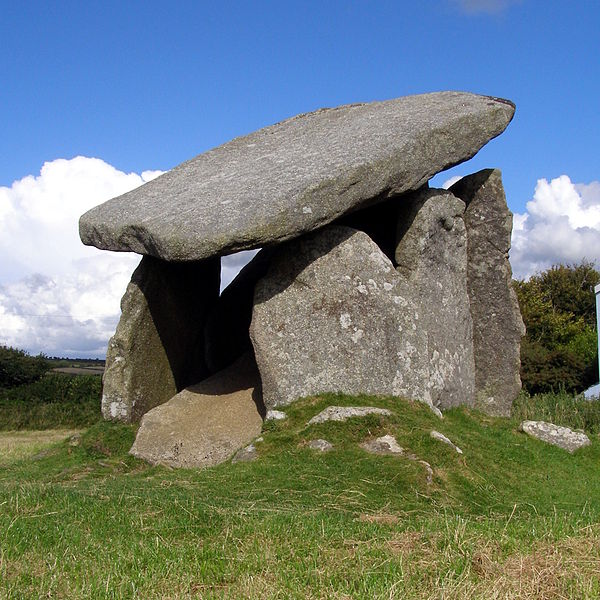Nikolaus Pevsner
|
Pevsner used the example of Lincoln Cathedral (pictured above) to explain the difference between a building and architecture. In his work 'An Outline of European Architecture' (published in 1943) he wrote, "A bicycle shed is a building; Lincoln Cathedral is a piece of architecture. Nearly everything that encloses space on a scale sufficient for a human being to move in is a building; the term architecture applies only to buildings designed with a view to aesthetic appeal." |
Contents |
[edit] Introduction
Sir Nikolaus Pevsner (1902 - 1983) was an educator and art and architectural historian known for his comprehensive collection of writings including The Buildings of England, a county-by-county guide of architecture in England. Often referred to simply as ‘Pevsner’, the 46 volume collection is considered by some to be one of the greatest achievements of 20th century architectural scholarship.
His writings cover a broad range of history and culture, and he has been praised for his thorough study and clear use of language. His research explored Mannerist art of the late Renaissance, but his writings and scholarly work focussed more extensively on architecture and design from the late 1800s onward.
Pevnser’s body of work, including publications, lectures and broadcasts, not only explored art and architecture, it also touched on town planning, social housing and conservation. As a German refugee in England, he covered stylistic approaches ranging from the Bauhaus to the Victorians and put forward the idea that national character must be reflected in its art.
[edit] Early life
Pevsner (original name Nikolai Pewsner) was born into a Russian-Jewish family in Leipzig, Germany. An accomplished scholar, he studied in Dresden and Göttingen, and in 1924 he was awarded a doctorate from Leipzig University for his work on the city's Baroque architecture.
Pevsner became interested in German modernist architecture after discovering the work of Le Corbusier. In the late 1920s, he began his written output with contributions on Italian Baroque painting and started teaching art history and architecture courses at the University of Göttingen.
Despite converting to Christianity early in his life, Pevsner was removed from his academic position by the Nazis due to his background (which prevented Jews from teaching). In 1933, he moved to the London suburb of Hampstead and sought employment.
|
This blue plaque to Pevsner was placed on his Hampstead home in 2007. |
[edit] Writings in England
Pevsner's first work in England came in the form of research on the relationship between the industrial process and the designer. This paved the way to additional writing, including his book 'Pioneers of the Modern Movement'. Published in 1936, this championed modern architecture, the genesis of which he traced back to Pugin, Ruskin and William Morris via Walter Gropius and the Bauhaus. Associating Gropius and the Bauhaus with values of truth, honesty and faith in technology, Pevsner claimed the movement was the manifestation of the purpose of 20th century architecture.
Although he had been forced to leave Germany in the early 1930s, controversy around Pevsner's German origins (as well as rumours about his opinion on aesthetics associated with German art under the Nazis) resulted in his internment in an enemy alien camp in 1940. This ended after a brief period, and Pevsner was recruited by the Ministry of Information to write anti-Nazi articles directed at Germans living in England.
During this time, he resumed work on 'An Outline of European Architecture' which he had started writing during his internment. In 1942, he became actively involved in the Architectural Review in various capacities, including a series of articles on Victorian architecture which he wrote under an Anglicised fictitious name.
[edit] The Buildings of England
As a result of his book on European architecture, Pevsner found that architectural history had been generally ignored as an area of study in England. He explored the idea of producing well researched information for those who had an interest in the subject, and in 1945, he presented the concept of a series of guides to Allen Lane, the founder of Penguin Books. Lane agreed to support the project.
With the help of two art historian assistants given the task of researching locations, Pevsner would travel around England exploring buildings selected for their architectural merit. He would then add his personal observations to the research provided by the assistants and write up his commentary about the location. In 1951, the first in the series, a volume on Cornwall, was published.
|
The 1970 edition of the Cornwall volume featured Trethevy Quoit on its cover. |
Each guide included an architectural history and general overview of the area followed by more detailed descriptions of key buildings. All types of buildings were included, but there was greater emphasis on public and religious architecture.
Pevsner wrote the majority of the volumes on his own, although some were collaborative efforts and some were completely written by other authors. The series has been continued by contributors under the title Pevsner Architectural Guides.
[edit] Other accomplishments
While working on 'The Buildings of England', Pevsner held various teaching positions. From 1949 to 1955 he was Slade Professor of Fine Art and a Fellow of St John’s College, Cambridge. In 1959 he became Professor of the History of Art at Birkbeck College, University of London, and he remained there until his retirement in 1969.
In 1953, he was awarded the CBE and received a knighthood in 1969. Pevsner was a founding member of the Victorian Society in 1957 and became its chairman in 1964. Through his work with the National Advisory Council on Art Education, he campaigned to make art history a requirement in art schools. He was elected a Fellow of the British Academy in 1965.
In 1967 he was awarded the RIBA Gold Medal.
[edit] Related articles on Designing Buildings Wiki
- 100 years of the Bauhaus.
- Arts and Crafts Churches.
- Bauhaus.
- Britain's Lost Churches.
- British post-war mass housing.
- Malvern station, priory and other buildings.
- Modernist Architecture: international concepts come to Britain.
- The Buildings of Ireland.
- The Livery Halls of the City of London.
- Town and Country Planning Act 1968.
- What data should be incorporated into Historic Environment Records.









